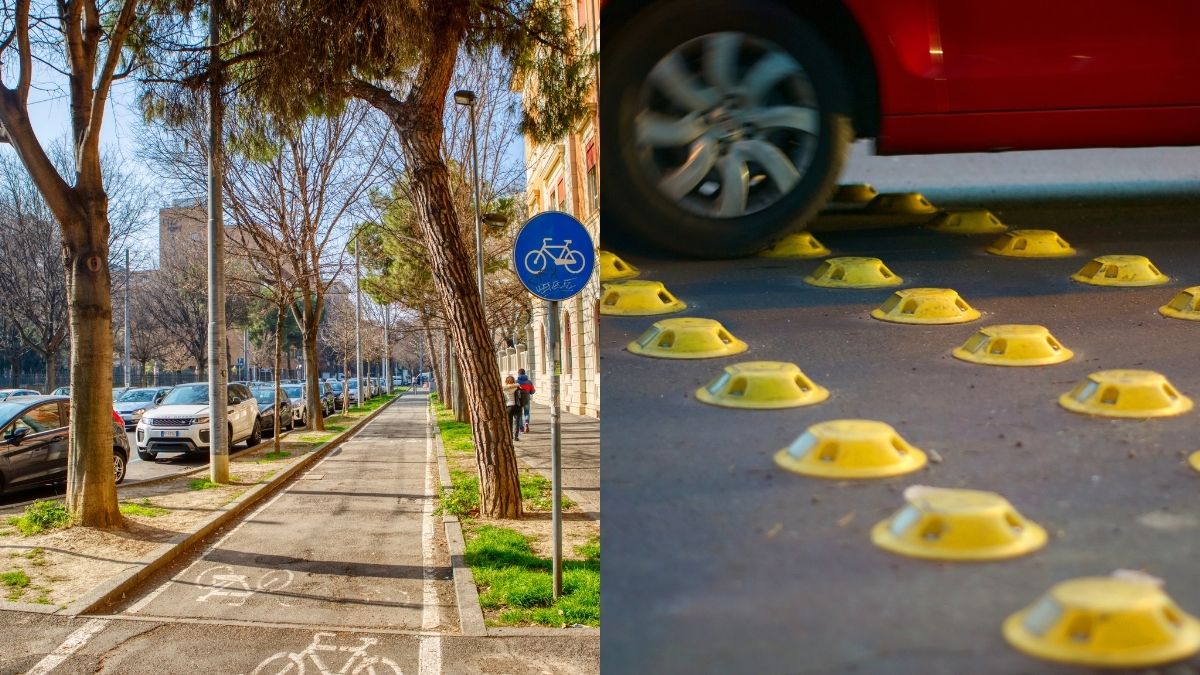“Roadway design/maintenance has never been objective. Design and engineering are more effective than policing.” – Dr. Destiny Thomas
Toronto City Council recently approved a plan to expand the city’s automated traffic enforcement cameras, often referred to as ‘red light’ cameras. These cameras have been widely adopted as they are cost-effective, quick to implement, and don’t require the hard work of engaging communities, re-designing streets, and managing road reconstruction headaches. Plus, unlike the other tools in our Vision Zero toolkit, these cameras generate revenue. To top it all off, unlike signage begging drivers to slow down, these cameras seem to actually work. City of Toronto data indicates they are successful in reducing vehicular speeds, findings that are in line with similar studies from other North American cities such as New York, Philadelphia, and Seattle.
So, what’s the problem, you might ask? Well, as Toronto Council discussed the plan for expanding the enforcement system, a motion directing Transportation Staff to analyze the impacts of enforcement cameras with an equity lens was put forward by City Councillor Kristyn Wong-Tam. Speed cameras might seem like colour-blind and equity-neutral devices, but data from other cities suggests these enforcement programs have a massively disproportionate impact on racialized and lower-income neighbourhoods.

A study by ProPublica, a nonprofit newsroom, found that majority Black and Latinx ZIP codes in Chicago received tickets at twice the rate of majority white ZIP codes between 2015-2019. The same study found that majority Black neighbourhoods in Chicago have been hit with more than half a billion dollars in fines over the last 15 years. A study from Washington D.C. found that drivers in majority Black neighbourhoods are 17 times more likely to receive a traffic violation than in a majority white neighbourhood, despite them having a similar number of crashes per capita. Enforcement camera programs have been removed completely in some cities due to concerns that they target racialized neighbourhoods.
None of this is to say that speeding is unimportant or should be ignored. On the contrary, reducing the speed of vehicles should be the number one priority for any transportation department. However, it must be acknowledged that speeding is primarily a result of road infrastructure that encourages (or discourages) unsafe driver behaviour. One of the main reasons racialized neighbourhoods see higher rates of road violence is because the infrastructure in these communities has been disinvested in and ignored, contributing to higher rates of speeding. We need to ask the question if the benefits of automated speed enforcement justify the disproportionate financial burden that cameras place on people impacted by disinvestment and cycles of poverty.
All the data we have on camera enforcement programs indicates that they are anything but colour-blind. Unfortunately, the motion to review the Toronto program with an equity lens was withdrawn due to a lack of support. As mentioned in the quote that opened this piece, infrastructure is not, and never has been, objective. Understanding how the automated speed enforcement system, and indeed all Vision Zero initiatives, are impacting racialized neighbourhoods should be an essential component in every city’s road safety plan, embedded into its DNA.

As cities move forward with implementing Vision Zero, they should be gathering data on how the program is serving racialized and lower income communities. They should also remember that despite how easy and cost-effective enforcement cameras might seem on the surface, they are no substitute for sidewalks, separated bike lanes, road diets, bump-outs, pedestrian median islands, and other traffic calming infrastructure. Automated or otherwise, enforcement is never the answer to road safety.
By David Simor, Director, The Centre for Active Transportation (TCAT) at Clean Air Partnership